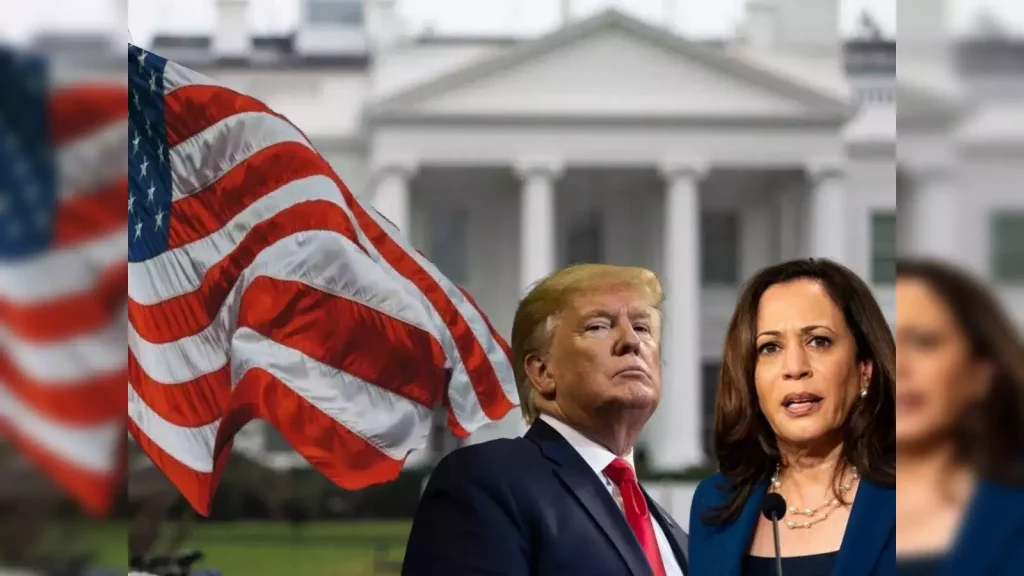The U.S. presidential election process is unique. It relies on a system called the Electoral College, which was created by the country’s founding fathers. Under this system, a group of electors officially elects the president for a four-year term. There are 538 electors in total, matching the number of congressional representatives across all states.
Each state selects electors based on its population size. Since the population changes over time, the number of electors assigned to each state can also shift. This system means the weight of each state’s vote in the Electoral College is influenced by its population.
After citizens cast their votes for president during the general election, those votes are counted within each state. Most states, including Washington, D.C., allocate all of their electoral votes to the candidate who wins the most votes in that state. This is the “winner-takes-all” system. However, two states—Maine and Nebraska—use a proportional system. In these states, electoral votes are split according to the percentage of votes each candidate receives.
A candidate needs to secure at least 270 of the 538 electoral votes to win the election. This represents a simple majority, about 50.2%. On election night, the winner is announced based on the results. However, the official vote is cast by the electors in December.
Interestingly, electors are not always required to vote in line with the popular vote in their state. In some states, electors are legally bound to vote for the candidate who won the majority. If they don’t, they could face fines or legal consequences. This rule aims to ensure the will of the voters is respected.
Despite this system, a candidate can win the nationwide popular vote but still lose the election. This has occurred five times in U.S. history, including in 2000 and 2016, and three times in the 1800s. This shows the power of the Electoral College in determining the election’s outcome.
If no candidate reaches 270 electoral votes, the U.S. House of Representatives chooses the president. This has happened twice—once in 1800, when Thomas Jefferson was elected, and again in 1824, when John Quincy Adams won after the House intervened.
There is ongoing debate about whether the Electoral College should be reformed. Critics argue that it’s outdated and unrepresentative. Some suggest replacing it with a direct popular vote. One major concern is that the election often comes down to a few swing states. In these states, the vote can be decided by a small margin. As a result, only a small group of people in those states seem to have the power to decide the election.
Congressman Jamie Raskin (D-MD) believes that the Electoral College marginalizes the majority of voters in the country. He and other critics argue that this system doesn’t reflect the true will of the people.
However, despite these calls for reform, the Electoral College remains a key part of the U.S. election system. It was originally created as a compromise between those who wanted a direct popular vote and those who feared it would lead to chaos. For now, the Electoral College continues to shape U.S. elections, ensuring that the process stays uniquely American.


